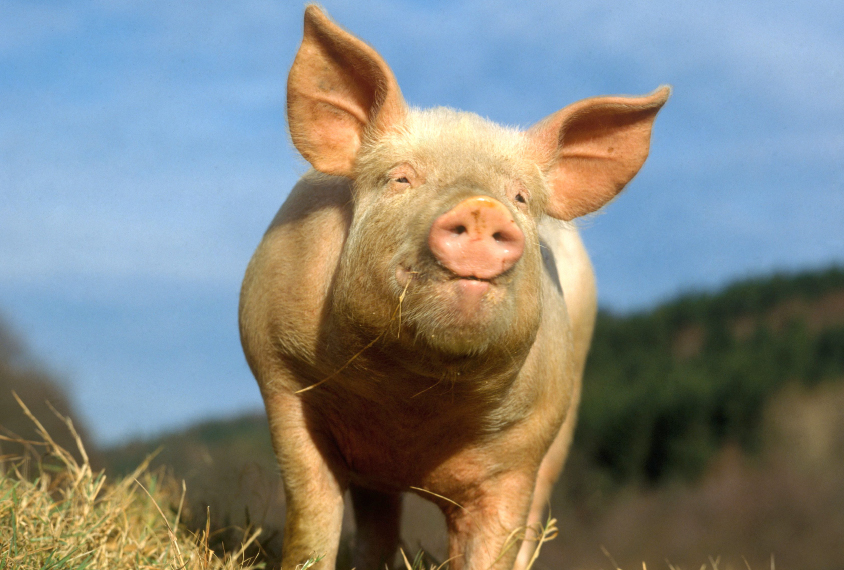Shweta Karikehalli is an environmental and science journalist based in New York City. Prior to joining _Spectrum_, Shweta was an editorial fellow at _Audubon_ magazine and worked for the _Daily Orange_, Syracuse University’s award-winning independent newspaper, as a copy editor and reporter. She has an M.A. in magazine, newspaper and online journalism from the S.I. Newhouse School of Public Communications and a B.S. in conservation biology from the SUNY College of Environmental Science and Forestry.

Shweta Karikehalli
From this contributor
‘Zombie’ pig brains fire hours after death
A new method restores blood flow and some functions in pig brains four hours after the animals have died.
New method creates complex, long-lived brain ‘organoids’
A new method for growing brain organoids allows them to survive for up to a year — more than four times as long as is possible with other methods.
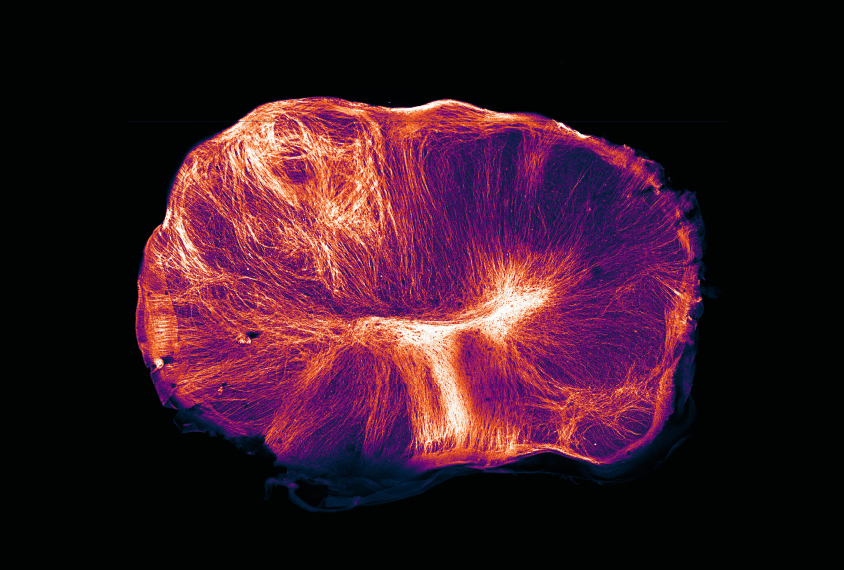
New method creates complex, long-lived brain ‘organoids’
Mighty magnet promises to render human brain in intricate detail
A new magnetic resonance imaging machine has the power to reveal the brain’s structure and activity at unprecedented resolution.
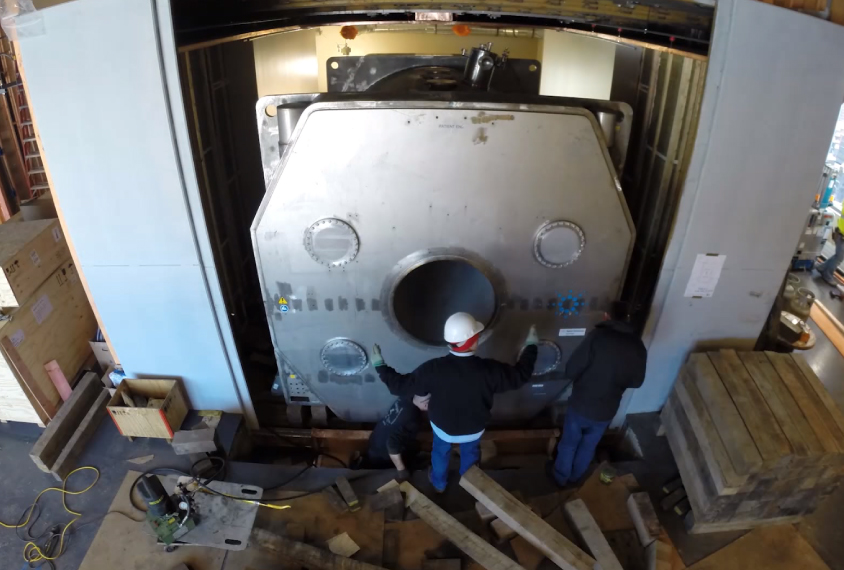
Mighty magnet promises to render human brain in intricate detail
Genome catalog bolsters global microbiome research
The largest-yet attempt to characterize the global diversity of the human microbiome — the population of microbes that live in our bodies — has found 4,930 species, 77 percent of which were previously unknown.
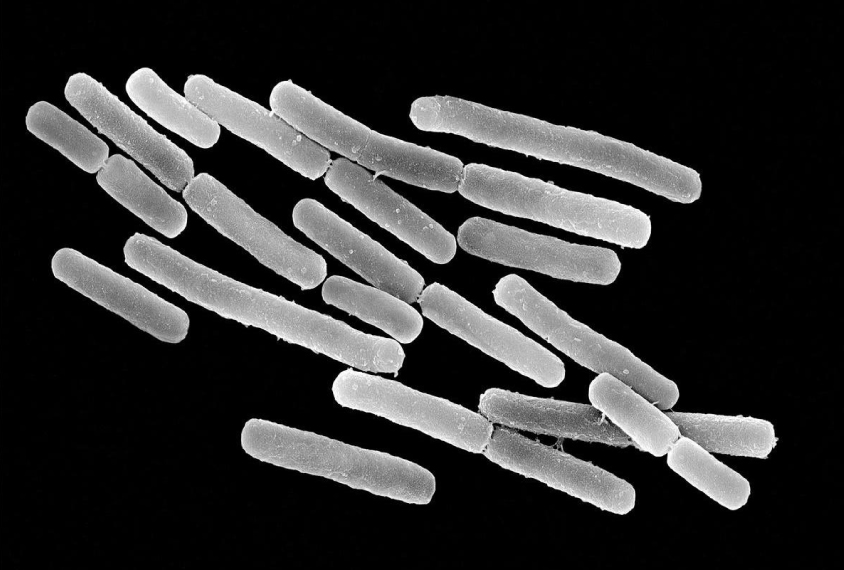
Genome catalog bolsters global microbiome research
Explore more from The Transmitter
Psychedelics research in rodents has a behavior problem
Simple behavioral assays—originally validated as drug-screening tools—fall short in studies that aim to unpack the psychedelic mechanism of action, so some behavioral neuroscientists are developing more nuanced tasks.
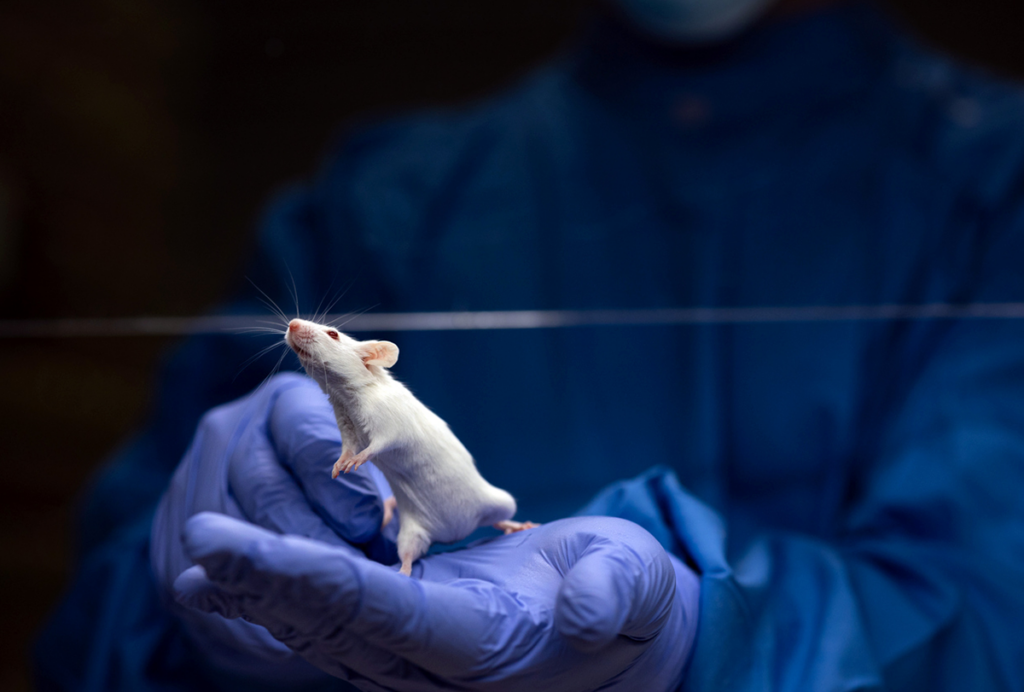
Psychedelics research in rodents has a behavior problem
Simple behavioral assays—originally validated as drug-screening tools—fall short in studies that aim to unpack the psychedelic mechanism of action, so some behavioral neuroscientists are developing more nuanced tasks.
New organoid atlas unveils four neurodevelopmental signatures
The comprehensive resource details data on microcephaly, polymicrogyria, epilepsy and intellectual disability from 352 people.
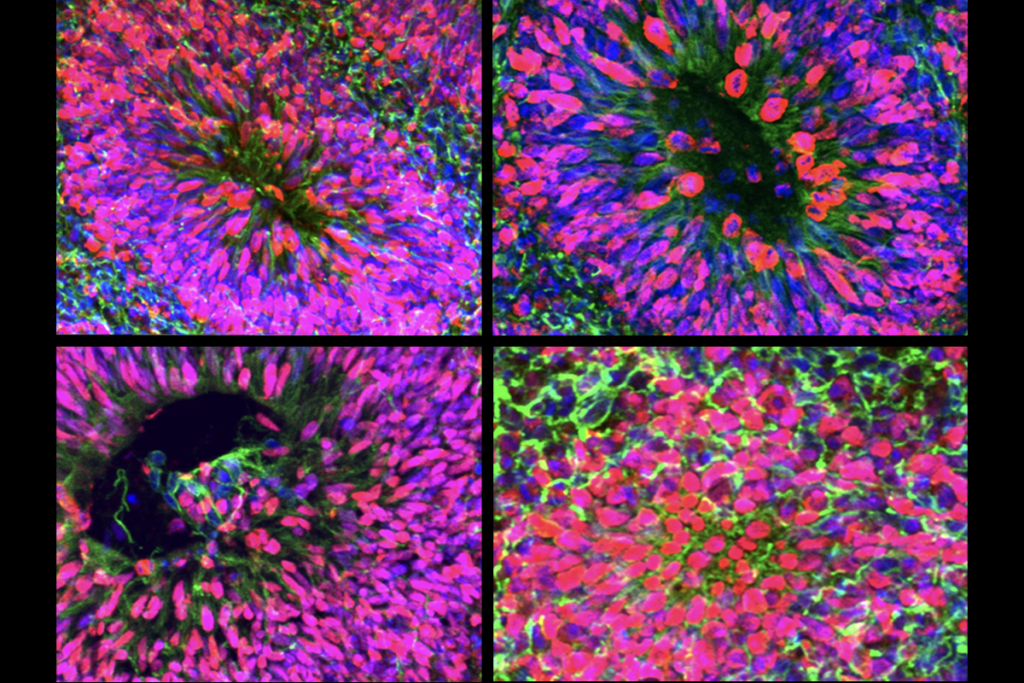
New organoid atlas unveils four neurodevelopmental signatures
The comprehensive resource details data on microcephaly, polymicrogyria, epilepsy and intellectual disability from 352 people.
Can neuroscientists decode memories solely from a map of synaptic connections?
Five experts discuss the progress, possibilities and hurdles of decoding a “nontrivial” memory from an organism just by analyzing its brain connectivity patterns.
Can neuroscientists decode memories solely from a map of synaptic connections?
Five experts discuss the progress, possibilities and hurdles of decoding a “nontrivial” memory from an organism just by analyzing its brain connectivity patterns.
